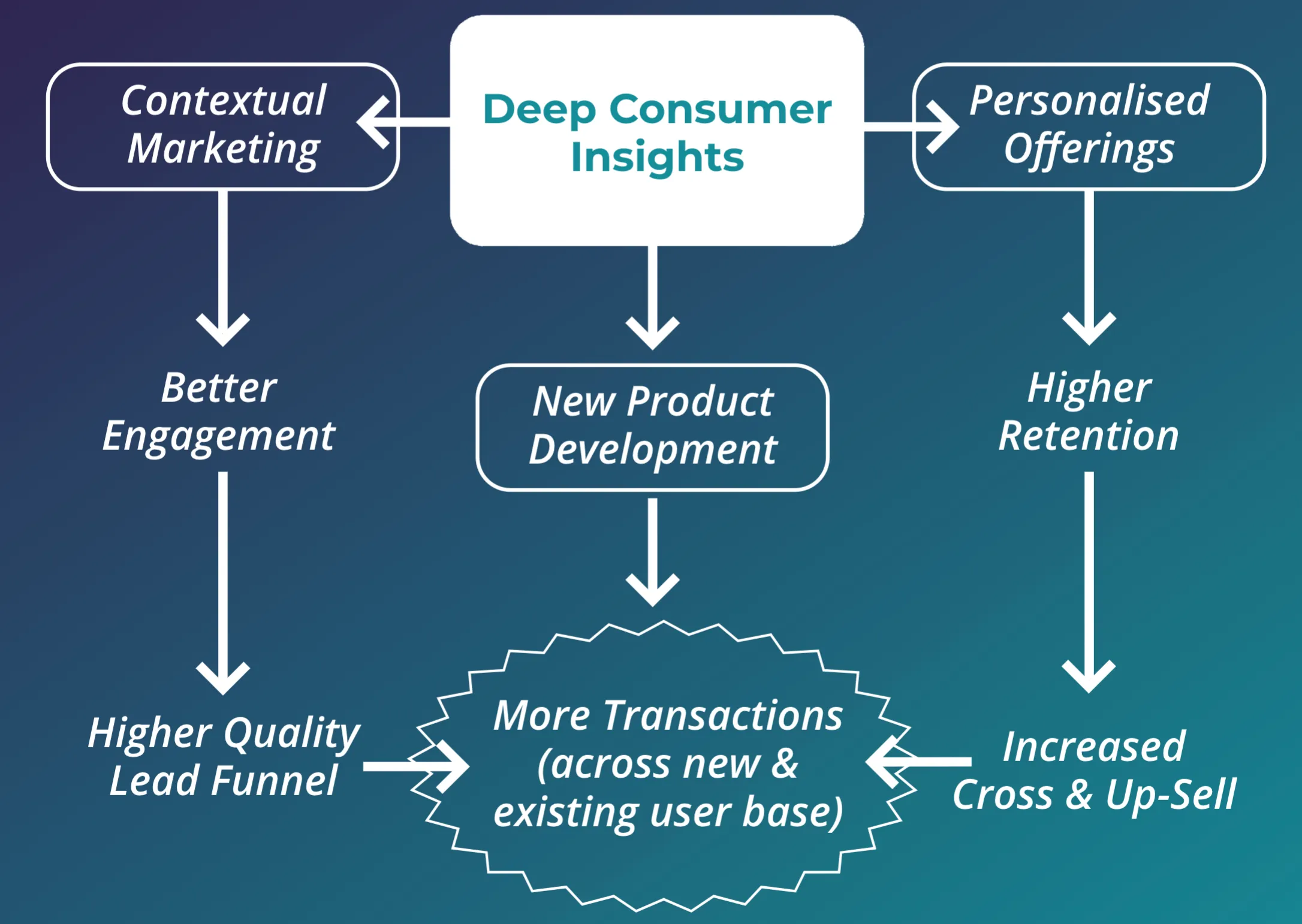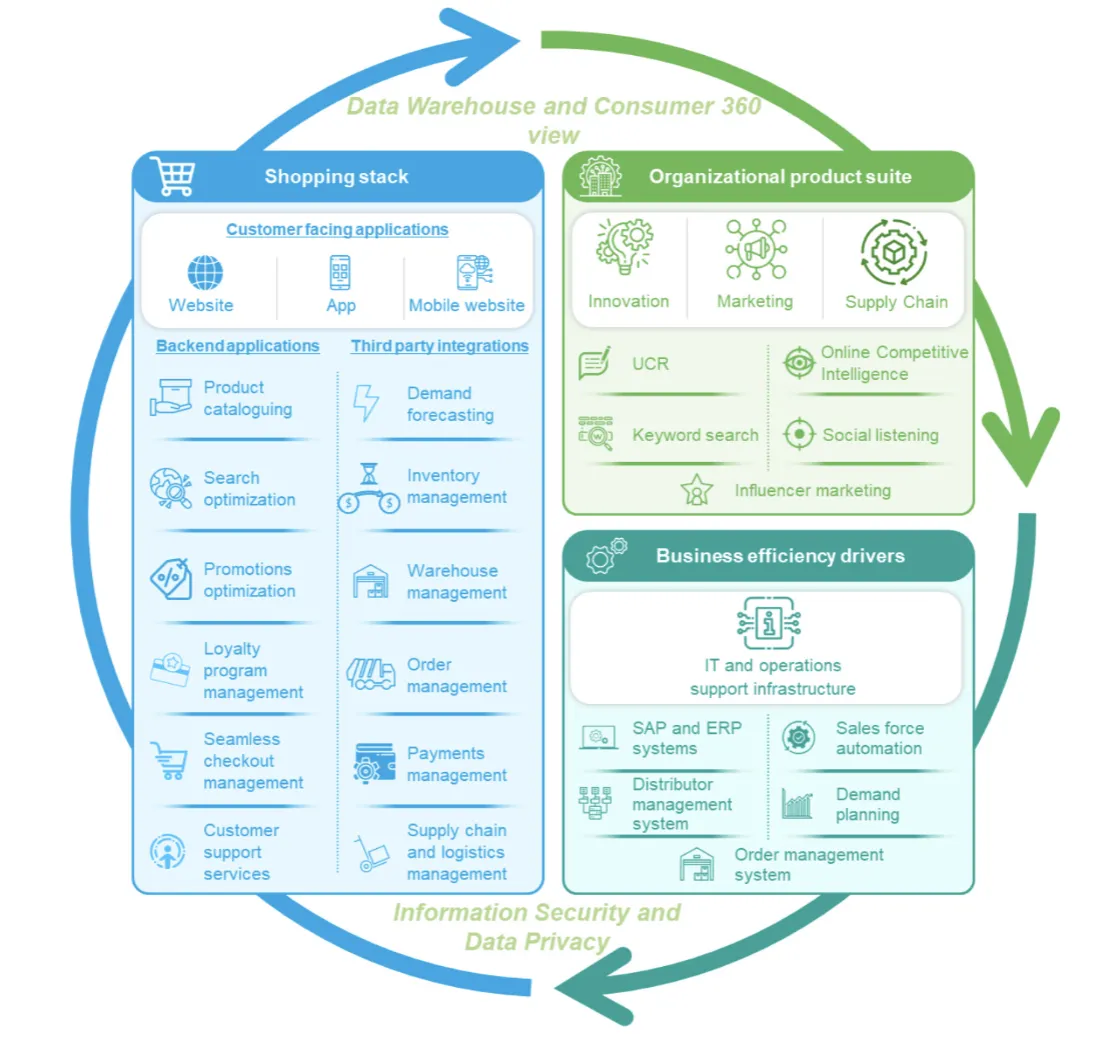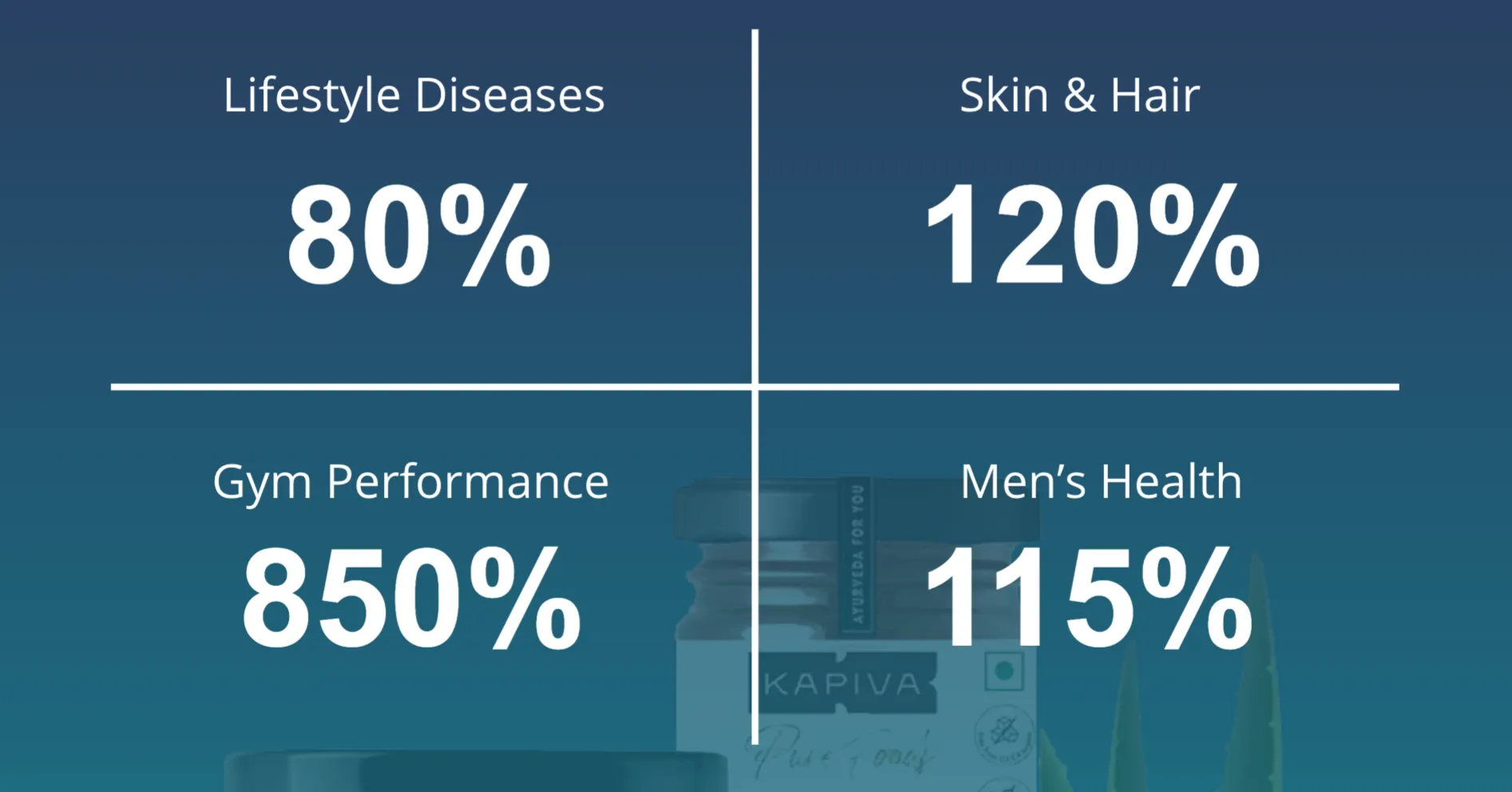
Breaking the 100Cr Ceiling for D2C Brands
The journey of D2C brands involves several pivotal milestones, each with its own significance. In India, initially, up to an annual revenue of INR 50-75Cr, the focus is on establishing a strong product-market fit. In the subsequent phase, up to INR 100 Cr, the attention shifts to expanding product offerings, enhancing marketing efforts, and broadening distribution channels.
However, once the INR 100 Cr annual revenue mark is surpassed, companies often face execution-level challenges which leads to revenue stagnation, where growth plateaus or slows down despite previous momentum. This requires a reassessment of strategies to reignite growth.
As D2C brands navigate these pivotal milestones, they can employ several strategies to ensure and achieve growth beyond the INR 100 Cr revenue mark.
Integrated Pre & Post-Purchase Customer Journey
By integrating the pre and post-purchase phases, brands maintain continuous engagement with customers across their entire lifecycle, from initial interest to post-purchase support. This integrated approach lays the ground for detailed customer profiling and utilising data gathered from various touch points along the journey to create comprehensive customer profiles. Hence, addressing the following:
- Targeted marketing efforts
By analysing customer preferences, brands can gain valuable insights into their Ideal Customer Profile (ICP). This enables more targeted marketing efforts and personalised communication, tailored to the specific needs of potential customers, thereby improving the quality of the lead funnel.
- Personalised offerings
Throughout this integrated approach, brands can reinforce adherence to their products or services by providing ongoing support (which could include follow-up engagement with the consumers regarding usage tips, access to customer support, or membership in loyalty programs that offer exclusive benefits) and resources to customers. In the context of health products, this approach can also assist the company in attaining desired health outcomes for their customers.
This would foster customer retention for the company, consequently improving cross-selling and upselling prospects and maximising revenue potential.
- New Product Development (NPD)
It also aids NPD by validating product perception and identifying unmet demands/needs. This enables brands to launch new products (across existing and new categories) at a faster time to market; ultimately resulting in higher transactions (across new and existing customers)
By consistently interacting with customers, brands create a more seamless and holistic customer experience, resulting in a virtuous loop of improved retention and quality lead funnel.

Brands are allocating significant capital and resources towards post-purchase experience and customer retention (spending 46%) compared to 34% on product development and 21% on pricing. Enhancing post-purchase journeys will impact:

Expanding Addressable Market through Brand Diversification
Introducing new brands or diversifying the product portfolio is a proven strategy for expanding the addressable market. This approach allows brands to cater to consumers with diverse needs, preferences, and price points.
The Ayurveda Experience has employed a house of brands approach to cater to varied consumer segments. Initially comprising two brands in 2021, the company has expanded its portfolio to include four brands: iYURA, Ajara, A Modernica Naturalist, and Ayuttva. Over three years, the brand has witnessed a substantial progression in its growth trajectory. Starting with a turnover of INR 101 crore in FY21, it saw a moderate increase to INR 141 crore in FY22. However, the real surge came in FY23, with a remarkable turnover of INR 267 crore, showcasing a significant acceleration in the brand's expansion and market performance. Furthermore, established players have also adopted and are actively exploring the house of brands strategy to access new target markets and/or go deeper with existing markets.
For instance, considering the case of Dabur, recognising the importance of catering to varied consumer segments, the company has implemented a ‘power brand strategy’. They have recognised 9 power brands and these brands contribute 70% of the revenue (with Amla, Vatika, Real, and Dabur Red Paste being INR 1000 Cr brands). As part of the power brand strategy, Dabur is investing deeply in these brands to expand its portfolio by launching new variants and formats. By introducing new products, the company aims to elevate its brand positioning and expand the addressable market of its portfolio. In addition, it addresses the issue of shelf space; currently, Dabur occupies only 4% of shelf space, with the goal of increasing this figure to 10% through the implementation of the power brand strategy.
Leveraging Core Platform Across Different Categories & Brands
With the foundational platform in place, these brands can capitalise on it while branching out with new categories or brands. Having established a robust foundational platform, these brands are strategically positioned to capitalise on their infrastructure while venturing into new categories or brands. This strategic advantage presents a significant cost upside. By leveraging the existing platform, companies can sidestep the need to invest in developing entirely new infrastructure or systems for each new category or brand. This not only reduces the upfront costs typically associated with expansion but also minimises ongoing operational expenses. Furthermore, the utilisation of the foundational platform facilitates smoother integration and scalability, enabling brands to efficiently manage multiple product lines or brands within a unified ecosystem.
For Honasa, their team has developed an integrated core technology platform that functions as an ecosystem enabler. This platform serves as the central nervous system, seamlessly connecting all its brands, supply chain elements, and channel partners. Its primary aim is to streamline operations, ensuring optimal performance across the entire spectrum of brands under the Honasa umbrella.

Identify and Double-down on High-growth Categories
By harnessing the capability to track "Revenue by Spend" across various categories within their portfolio over time, brands gain a strategic edge. This approach enables them to hone in on specific categories, evaluating their performance with precision. With such nuanced insight, brands can make informed decisions to either amplify investment in thriving categories or adjust resources in those showing less promise. This strategic allocation of capital and resources paves the way for enhanced efficiency, ultimately driving greater profitability for the brand.
This strategy is deployed by Kapiva- wherein the company has realised focused category-led growth and clocked in revenues of over INR 230Cr in FY24. Across categories, the company witnessed strong YoY growth:

Offline Expansion for Accelerated Growth
With online distribution, a brand has a strong hold on customer experience which serves as a cornerstone for building a formidable digital-first identity. Yet, to realise further scale, venturing into offline channels becomes imperative. This demands a total overhaul in strategy for the brands, spanning product development, pricing, packaging, marketing, and supply chain infrastructure through partnerships or their own establishment. It is crucial to seize the potential benefits of this change:
- Beyond a digital-savvy customer base, this helps the brands to unlock deeper market penetration and tap audiences beyond tier 1 cities in India
- Numerous DTC brands find themselves ill-equipped to handle the steep costs associated with acquiring new customers. Unlike department stores and offline stores, which can leverage their vast audiences for brand marketing, online brands have to vie for consumer attention through costly Facebook and Instagram ads.
Minimalist is present across 1000 outlets in India and is now doubling down on Exclusive Brand Outlets (EBOs). To provide a superior customer experience they have employed beauty advisors and are piloting virtual assistants. The company clocked in revenues of INR 112Cr and achieved a revenue of INR 188Cr in FY23 and is now doubling down on the offline channels to continue its growth trajectory. Notably, even global brands like Glossier have made headlines by announcing its debut in Sephora last year.
DISCLAIMER
The views expressed herein are those of the author as of the publication date and are subject to change without notice. Neither the author nor any of the entities under the 3one4 Capital Group have any obligation to update the content. This publications are for informational and educational purposes only and should not be construed as providing any advisory service (including financial, regulatory, or legal). It does not constitute an offer to sell or a solicitation to buy any securities or related financial instruments in any jurisdiction. Readers should perform their own due diligence and consult with relevant advisors before taking any decisions. Any reliance on the information herein is at the reader's own risk, and 3one4 Capital Group assumes no liability for any such reliance.Certain information is based on third-party sources believed to be reliable, but neither the author nor 3one4 Capital Group guarantees its accuracy, recency or completeness. There has been no independent verification of such information or the assumptions on which such information is based, unless expressly mentioned otherwise. References to specific companies, securities, or investment strategies are not endorsements. Unauthorized reproduction, distribution, or use of this document, in whole or in part, is prohibited without prior written consent from the author and/or the 3one4 Capital Group.





.webp)









